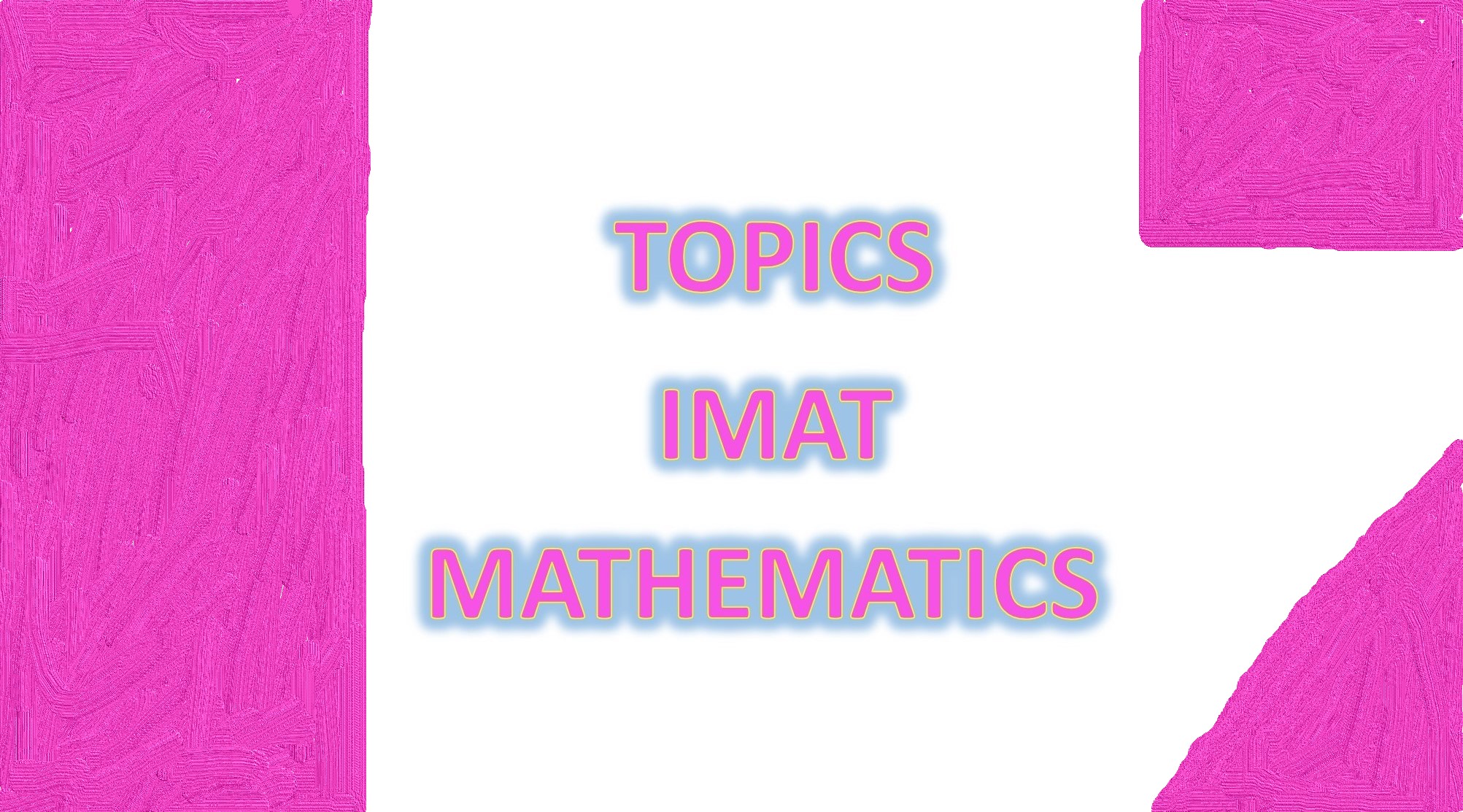Algebra and numerical sets
Natural numbers, integers, rational and real numbers. Sorting and comparison: scales and scientific notation. Operations and their properties. Proportions and percentages. Powers with integer and rational exponents, and their properties. Roots and their properties. Logarithms (base 10 and base e) and their properties. Elements of combinatorics. Algebraic and polynomial expressions. Major products and nth power of binomial expansions, factorisation of polynomials. Algebraic fractions. Algebraic equations and inequalities of the first and second order. Systems of equations.
Functions
Basic concepts of functions and their graphical representations (domain, codomain, sign, continuity, maxima and minima, increasing and decreasing, etc.). Elementary functions: whole and fractional algebraic functions; exponential, logarithmic, and trigonometric functions. Composite and inverse functions. Trigonometric equations and inequalities.
Geometry
Polygons and their properties. Circle and circumference. Measurements of lengths, surfaces and volumes. Isometries, similarities and equivalences in the plane. Geometric loci. Measurement of angles in degrees and radians. Sine, cosine, tangent of an angle and their significant values. Trigonometric formulas. Solving triangles. Cartesian reference system in a plane. Distance between two points and the midpoint of a segment. Straight line equation. Conditions for parallel and perpendicular lines. Distance of a point to a line. Equation of the circle, the parabola, the hyperbola, the ellipse and their representation in the Cartesian plane. Pythagoras’ theorem. Euclid’s first and second theorems.
Probability and statistics
Frequency distributions and their graphical representations. Concept of random
experiments and events. Probability and frequency.
سرفصلهای ریاضی آیمت (IMAT)
